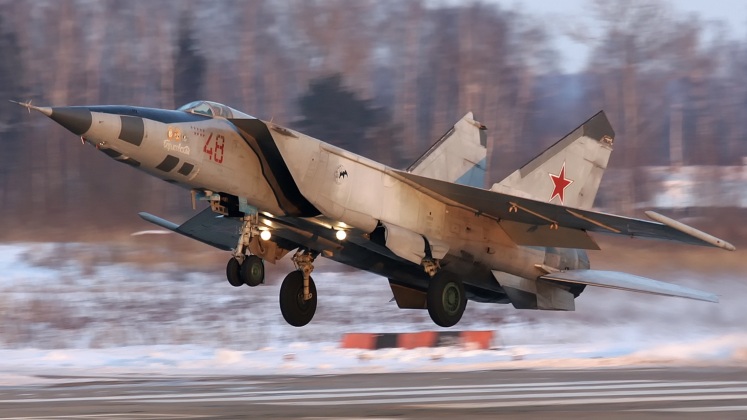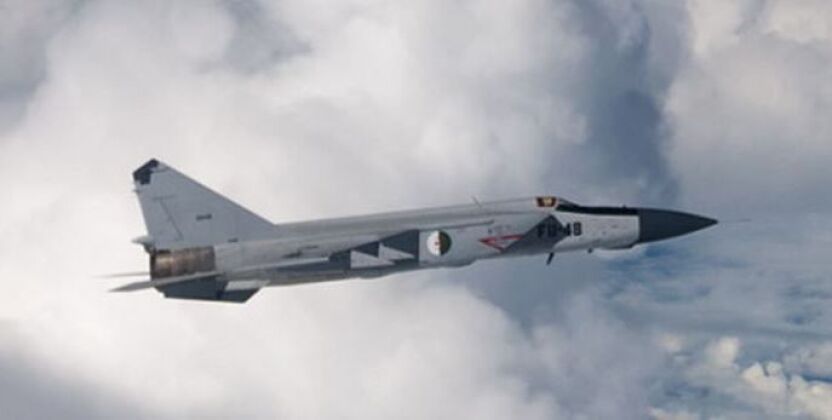In February 2011 NATO member states led by France and the United States initiated military operations against the Libyan Arab Jamahiriya, an African republic founded in 1969 which had long aligned its foreign policy against Western interests. The assault saw militias and mercenary forces armed and supplied by Western powers and allies Qatar and Turkey launch offensives on the ground, often with Western or Qatari special forces within their ranks, while U.S. and European fighters, bombers and cruise missiles devastated the country’s infrastructure and military facilities from the air.
A number of aspects of the conflict were notable, including the fact that European states quickly ran out of munitions and showed very low combat readiness rates which forced the U.S. to play much a greater role than planned. Another was the length at which Libyan forces were able to hold out despite having no air defence and little in the way of fortifications against Western air attacks. The ease with which Western powers were able to control Libyan airspace, however, was the result not only of Tripoli’s delays in seeing through planned acquisitions of modern fighters and air defence systems, but also due to the fact that the country’s sizeable Cold War era air fleet was largely out of service and lacked pilots or maintenance crews.

Libya had built up an air force inventory widely considered to be the most capable in the Arab world in the 1980s, and was by far the largest client in the world for the top Soviet fighter/interceptor exported during the Cold War the MiG-25 Foxbat. Estimates of the numbers acquired range from 68 to 73, with such a fleet able to be fielded despite the aircraft’s very high operational costs largely due to the Libyan state’s considerable oil revenues. The Foxbat remains the fastest combat jet ever to enter service worldwide, with the ability to reach Mach 3.2 speeds, and also holds the record for the highest altitude ceiling allowing it to fly at over double the Armstrong Limit well into space. The aircraft was extremely difficult to target even for top end American fighters such as the F-14 and F-15, deployed formidable R-40 long range air to air missiles with massive 100kg warheads, and could seriously challenge the F-15 Eagle which was by far the most capable in any Western air force. In the last clash between the MiG and the F-15, the Soviet built jets flown by Iraqi pilots were able to neutralise an American Eagle, which was an important indication of the larger Libyan fleet’s own potential to tackle such threats.

Following the end of the Cold War the MiG-25 was quickly phased out of service outside Libya, with the lower operational costs of more capable newer aircraft such as the Su-27 being a primary cause for this. The Russian Air Force kept the class in service for reconnaissance roles until 2013, although by the mid-1990s cuts to numbers meant its fleet size was already smaller than that of Libya. Algeria, another major operator, retired its Foxbats in 2022 while the status of the smaller Syrian fleet remains uncertain. Although the Libyan Air Force did not retire its MiG-25s, by the late 2010s the service had no operational units to speak of with the aircraft very seldom flying. A number of factors caused this, including deep cuts to defence spending and the aircraft’s very high operational costs – higher even than its fourth generation successors the heavyweight MiG-31 and Su-27. The fact that the Libyan fleet had relied heavily on Soviet, North Korean and reportedly even Pakistani and Syrian personnel to support its operations was another factor which limited the operations of its heaviest and most complex fighter/interceptor by that time, with these foreign experts having by then long since departed. The result by the late 2000s was a Foxbat fleet which, although larger on paper, had a much lower combat capability than those of Algeria or Syria due to its much lower combat readiness rates.

Had Libya’s MiG-25s had comparable combat readiness rates to those of Algeria or Syria in 2011, the sheer numbers deployed and the aircraft’s formidable capabilities could have potentially deterred if not seriously complicated NATO military action. Indeed, the capabilities of the Syrian Air Force, in which the MiG-25 was by far the most dangerous aircraft, were repeatedly cited in Western reports on the possible dangers of an air assault on the country in the early 2010s when such attacks were being considered. With the large majority of Western fighters participating in the assault on Libya being far lighter and less capable than the F-15, namely lightweight Rafales and F-16s, the MiG-25 could have potentially posed a challenge particularly if modernised with fourth generation avionics and electronic warfare countermeasures as those in Algerian service where.
While French Rafales spearheaded the attack, the class would only begin to integrate missiles with ranges exceeding those of the MiG-25’s R-40 a decade later in 2021. The very limited capabilities of the MICA air to air missiles relied on at the time, combined with the Rafale’s low speed and altitude which were in an entirely different league from the F-15 or MiG-25, meant the French jets would have likely struggled to intercept Foxbat units. This challenge would have been exacerbated if Libya had invested in integrating superior countermeasures to jamming onto its Soviet built jets. As it was, Libya’s extreme neglect of the fleet and delays to plans to acquire Su-30 fighters to replace them, as well as S-300s and other air defence systems, contributed to the country’s defeat for which the population has continued to suffer the consequences of over a decade later.
